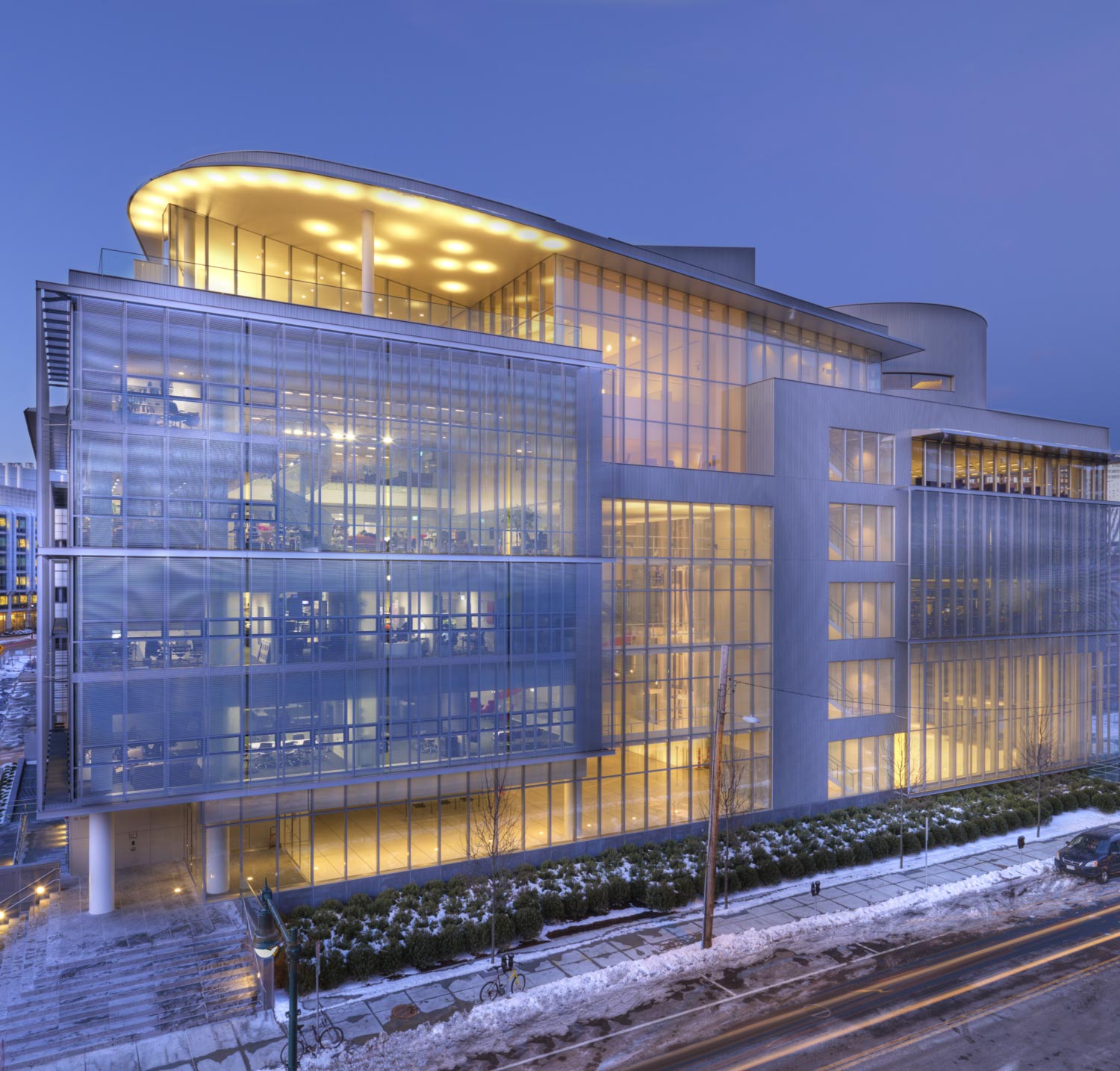Diversity Forum: “Reflect, Understand, Act”
As prepared for delivery
Thank you, Vice President Goffe-Rush, for your kind introduction, and for sponsoring this important forum.
I want to start by expressing my appreciation to Provost Marty Schmidt and to our ICEO Ed Bertschinger for their support, as well as to the Diversity Forum Committee for organizing such an interesting set of conversations.
And I am grateful to all of you for coming today. By participating in this forum, you are making a personal investment in strengthening our community – and I want to thank you for your interest, your commitment and your example.
* * *
In her introduction, Lorraine described some events of the past few months that I believe will lead our community to significant progress on issues of diversity and inclusion.
I have been impressed with the thoughtful work of the Working Group on Community and Inclusion, charged by Academic Council. And I am delighted that there will be a “town hall” discussion this afternoon that will offer a more detailed update on their work.
It has been a privilege to have had the opportunity to play a small part in this process, especially because it allowed me to get to know some remarkable student leaders from the BSU and BGSA – and to learn from their example.
This year, in many ways, our students have become our teachers – and I want to reflect on that for a moment.
* * *
On campuses all across the country, the past few years have included painful struggles around issues of race and diversity. Our campus community has addressed such topics, too. But as we have all observed, in striking ways, things have unfolded differently at MIT.
When I ask myself why, I believe it comes down to two things:
First, I want to give credit to the many staff, students, faculty and administrators who have worked for years to build a network of services and support systems that many other institutions are now trying to build. We all know that there is still more that needs doing! But I want to acknowledge everyone who has helped establish that strong foundation, many of them in the audience today.
The second and most important factor is the remarkable character of our student leaders from the BSU, the BGSA and other organizations. Individually and together, they rose to the challenge of inspiring positive change. We would not be on this path to progress without their leadership. And I want to acknowledge our debt to them today.
So what lessons did our students teach us? What exactly did they do? In effect, I believe they taught us how to handle these tough issues the “MIT way.”
In their conversations with me and with Academic Council, these students were thoughtful, creative, persistent, specific, collaborative, constructive and serious. They set the tone for mutual respect, and they earned tremendous respect in return. They developed recommendations to address issues specific to MIT today. Steps like improving orientation, and adding “booster shots” of inclusion-education after freshman year; enhancing financial aid; collecting and publishing new types of data about the student experience; hiring more diverse mental health staff, providing training to overcome unconscious bias, and more.
They went out of their way to incorporate the views of students from other underrepresented groups, as well. And finally, they made it clear that some of what needs to happen has to do with human values.
They are asking us to say out loud that we value the diversity of our community. They are urging all of us at MIT to maintain a human perspective…and to remind each other that while the quality of our students’ work is important, their mental and physical health is most important. And they are making a powerful case that a more welcoming, more inclusive MIT would be better – for absolutely everyone.
I want to stress this last point, because I believe it tells us something important about how to go forward from here: It tells us to look out for one another, as we strive to build a community that feels comfortable and welcoming for us all.
We all know that diversity remains a vital focus. In hiring, recruiting, and admissions, it requires constant attention and energy. But at MIT, diversity is also a well-established fact of life.
In effect, when we are working on “Diversity,” we are trying to make sure that everyone is invited to the party. But a place like MIT only works if everyone at the party feels like dancing!
That is the community we aspire to: An MIT of decency, humility, respect and kindness – and of boldness and generosity and joy. That is our ideal: An MIT community where everyone feels free to create and design and invent and discover, and to be themselves without apology.
I believe that, in our best moments, we are that kind of community. And I look forward to working with you – with the leadership of our incredible students – to help MIT be its best, in that sense, at every moment of every day. Thank you!


